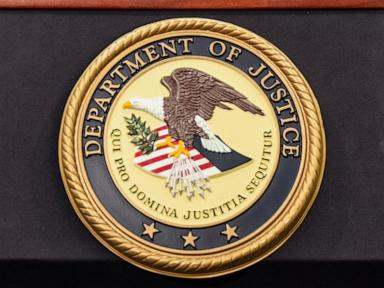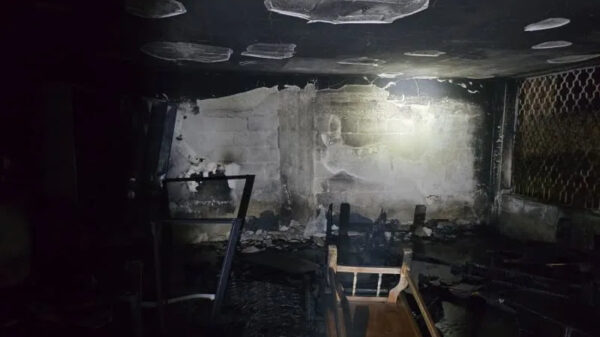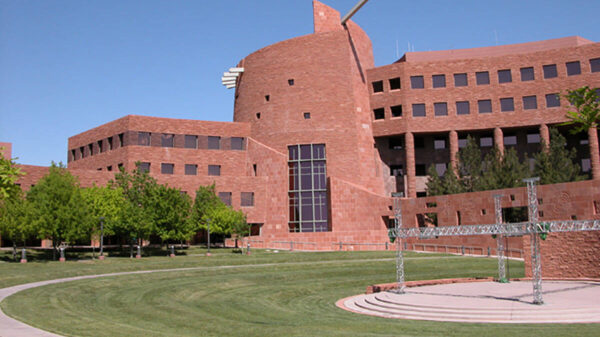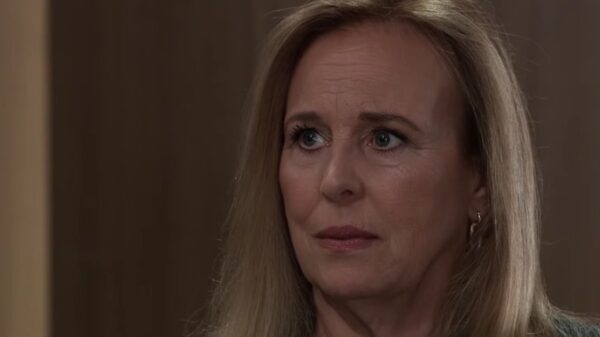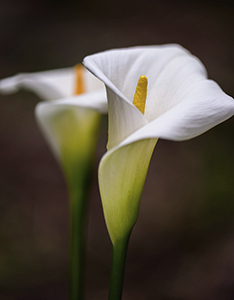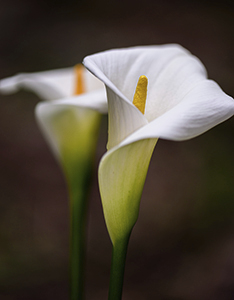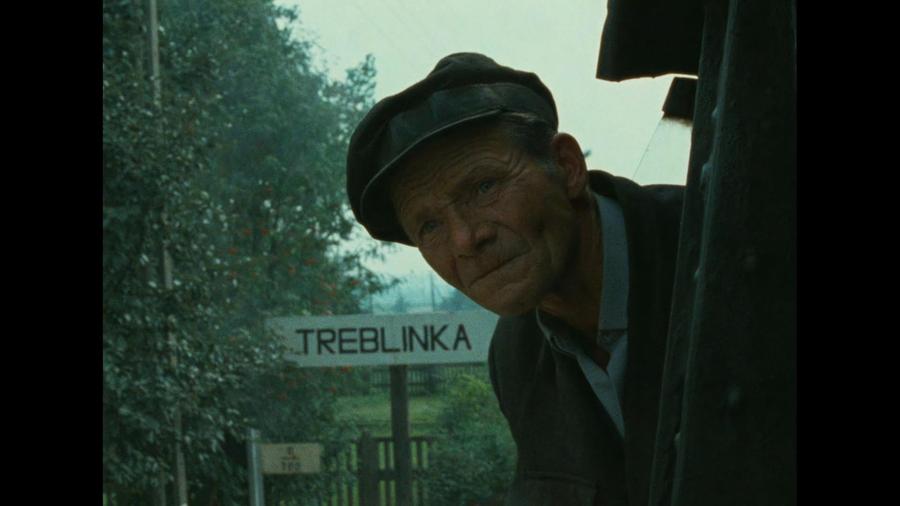In 2023, Claude Lanzmann’s groundbreaking documentary, Shoah, marks its 40th anniversary, continuing to evoke powerful reactions and reflections on the Holocaust. This nine-and-a-half-hour film remains a pivotal piece of Holocaust culture, showcasing the depths of human suffering and the complexities of memory. Lanzmann, a French filmmaker, dedicated over a decade to creating this monumental work, which has become both revered and difficult to engage with for many viewers.
Lanzmann recounts an intriguing encounter in his memoir, The Patagonian Hare, where he dined with Jean-Marie Lustiger, the Jewish-born former Cardinal Archbishop of Paris. The archbishop’s residence was filled with videos of Shoah, symbolizing both an urgent desire to confront the film and a profound struggle to comprehend its content. Lustiger, visibly agitated, insisted that he had watched the film, despite confessing he could only manage a minute of viewing each day. This contradiction underscores a significant challenge within Holocaust culture: when a work is profoundly well-executed, it can become too overwhelming to witness.
Lanzmann’s personal connection to the Holocaust is deeply rooted. As a child in occupied France, he was taught survival skills by his father, preparing for the worst. Witnessing the disappearance of Polish Jews in his town left an indelible mark on him. He viewed Shoah as not just a film but as an essential means to connect with the absence left by the Holocaust. He stated, “For 12 years I tried to stare relentlessly into the black sun of the Shoah,” illustrating his relentless pursuit of truth and understanding.
Through rigorous research, Lanzmann unearthed powerful testimonies from individuals such as Abraham Bomba, a barber in the gas chambers of Treblinka, and Filip Müller, who served as a Sonderkommando in Auschwitz. His quest for stories led him to unexpected encounters, including a poignant moment with Szymon Srebrnik, who sang for the SS at Chelmo. Lanzmann captured these stories, bringing forth voices that had long been silenced.
His interactions with former perpetrators were particularly striking. In one memorable scene, he confronts Josef Oberhauser, a former SS officer, in a Munich restaurant. This moment is layered with tension, humor, and the weight of history, encapsulating the complex dynamics of memory and accountability.
The length of Shoah serves a critical purpose. It allows for the incorporation of silence, a necessary element when discussing the unspeakable horrors of the Holocaust. Lanzmann recognized that his film was not just about survival but rather about the act of witnessing death itself, stating, “the dead could not speak for the dead.” This silence invites viewers to fill the void with their own reflections and emotions.
Lanzmann’s approach to filmmaking was distinct. His camera work captures the landscapes of memory, focusing on trains, Polish faces, and the remnants of concentration camps. Each image serves as a haunting reminder of the past, compelling viewers to confront the legacy of the Holocaust.
As Shoah continues to resonate, it stands as a testament to the intricacies of memory, the weight of silence, and the necessity of bearing witness. In revisiting this landmark documentary, audiences are reminded of the ongoing relevance of its themes, as well as the importance of confronting uncomfortable truths for future generations.




